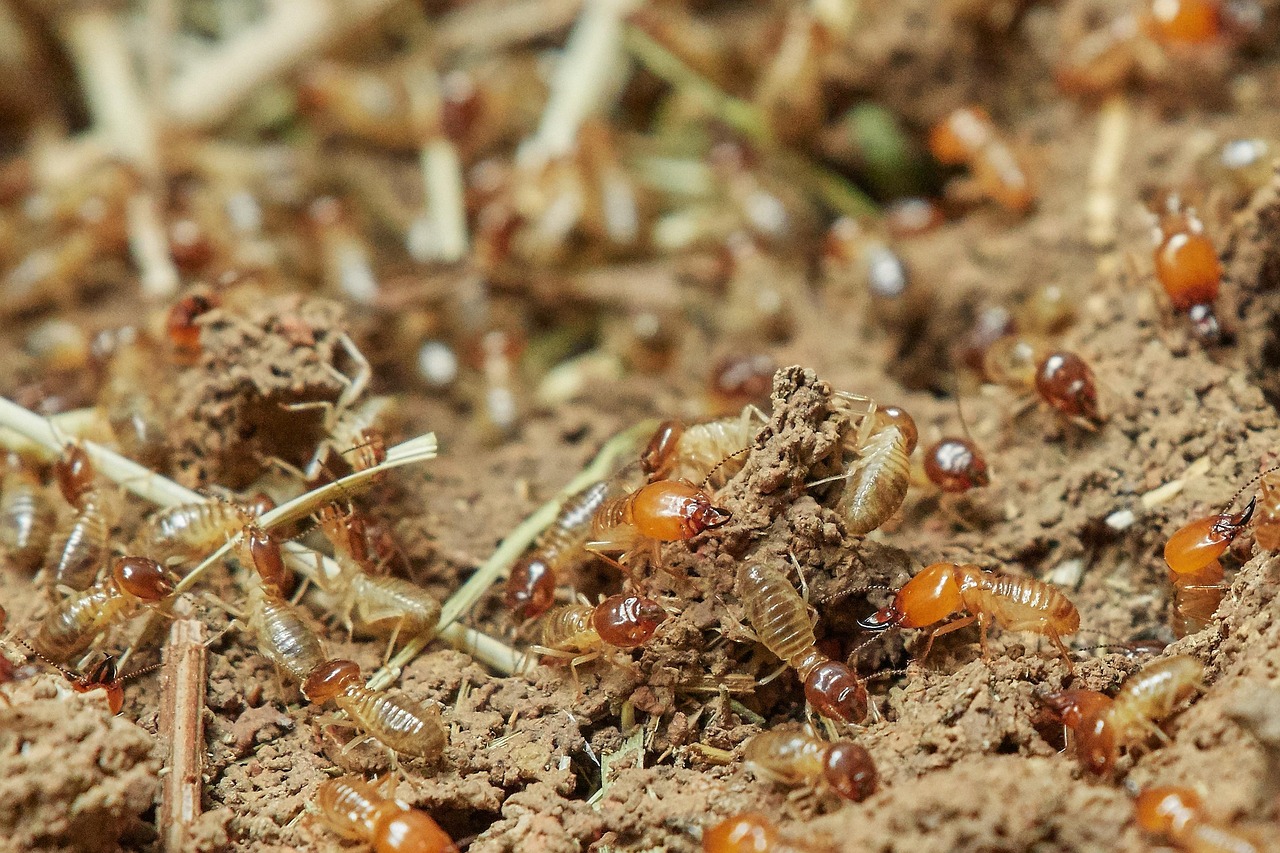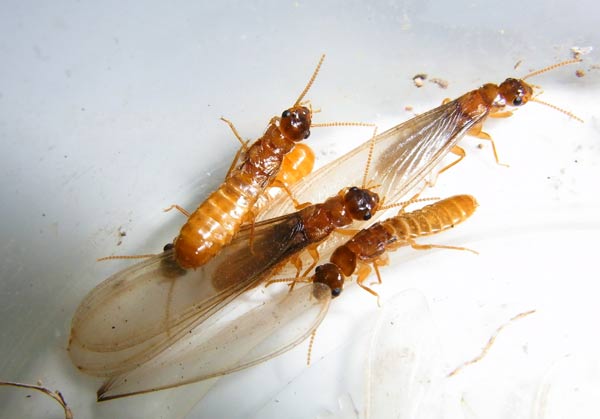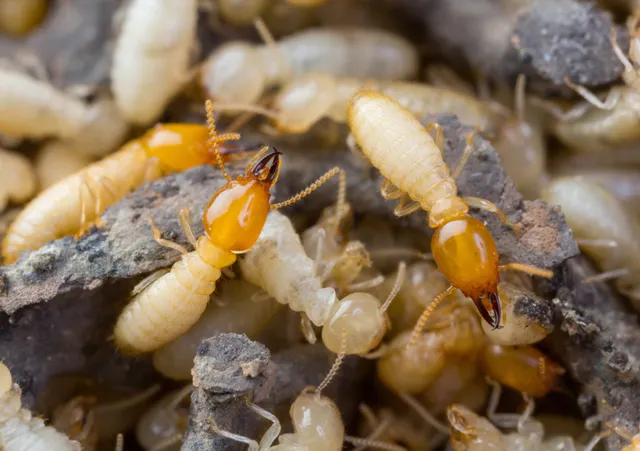What Are Subterranean Termites?

Why Subterranean Termite Colonies Are Extremely Destructive
Subterranean termites do not operate alone. A single colony can host hundreds of thousands of members, and they all work in organized, systematic shifts to feed, build, and reproduce. Their nonstop activity enables them to chew through subflooring, wooden beams, and structural supports with surprising speed.
Due to these reasons, California homeowners literally pay the price. Repairs from termite-related damage can reach into the thousands, and that does not even account for lost property value or damaged belongings.
To make matters even worse, subterranean termites can go undetected for years. Their underground nests and hidden feeding paths indicate that most infestations are advanced by the time property owners notice signs. Although they do not spread disease, their damage can result in harmful molds, weakened foundations, and safety hazards that badly affect the health of everyone under your roof.
How Subterranean Termite Colonies Function
Subterranean termites live in highly organized colonies led by a queen and king. The queen lays eggs to grow the colony, whereas the king helps maintain the population. The vast majority of termites are sterile worker females, responsible for feeding, tunneling, and caring. Soldiers, however, defend the colony with hardened heads and strong jaws.
Unlike ants or bees, the roles of termites are based on age and colony needs, not genetics. This flexible system helps them adapt to shifting conditions and survive threats. In the moist and mild climate of California, this adaptability keeps subterranean termite colonies active nearly year-round, particularly in coastal and urban areas.
What Do Subterranean Termites Look Like?

Winged Termites Swarm to Start New Colonies
Reproductive termites, also known as alates or swarmers, are easy to spot during swarming season. They measure about half an inch long, including their wings. Moreover, their colors are normally dark brown or nearly black. Such winged termites emerge in huge numbers and are normally mistaken for flying ants.
In California, swarms normally occur in April or May when the weather starts to warm and moisture levels increase. You might witness hundreds or even thousands of swarmers that fly out in what appears to be a dense and black cloud. This indication may tell that the colony is already mature and prepared to branch out.
Swarming helps ease overcrowding and gives termites the opportunity to develop new nests in nearby wooden elements or soil. The majority of swarms happen during dusk, but on those extra warm and humid days, daylight swarms are not uncommon, particularly near sunlit garden beds or irrigated yards.
Inside the Colony: The Queen, The King, and Their Roles
At the core of every subterranean termite colony is the queen. She’s typically the largest termite, and each one of them stretches up to 1 and a half inches long. Her body is soft and pale, commonly a creamy white color, and she lives for many years, producing thousands of eggs.
The queen lays her eggs in protected chambers within the nest, and each egg hatches into a larva that gradually matures into a worker. The workers take over the crucial tasks, which include the feeding of the colony, building of tunnels, and caring for the young.
Compared to the queen, the king is smaller in about 1 inch long, with a lighter body and a brown head. He stays close to the queen and maintains the reproductive output of the colony. Although soldiers and workers look slightly uniform, the size of the king and his head shape set him apart. If you spot what looks like a bigger termite with a wider head, it could be a king.
Male and female swarmers differ a bit in terms of size and color. Males are normally paler, measuring around ⅛ of an inch, whereas females are on the longer and darker side, reaching up to ⅜ of an inch. Once they land after swarming, they shed their wings and build new nests if conditions are favorable.

What Do Subterranean Termites Eat?
- Wooden elements like beams, framing, floors, and siding
- Cardboard, paper goods, and insulation materials
- Pool liners, landscape timbers, and synthetic turf
Time To Spot The Signs Of Subterranean Termite Activity Early!
To stop the infestation before it spreads, you have to be on the lookout for signs such as mud tubes that run along walls or crawl spaces, discolored drywall, peeling paint, or soft wooden spots that sound hollow when tapped. You should also check if there are any discarded wings near windowsills or sawdust-like droppings.
Remember, subterranean termites are experts at staying out of sight, which is why termite infestations normally go unnoticed until expensive and severe damage appears. If you think your home is infested, contact Elite1 Termite Control right away, and we’ll conduct a thorough inspection. We’ll assess the problem and offer targeted solutions customized to the construction types and climate of California.

